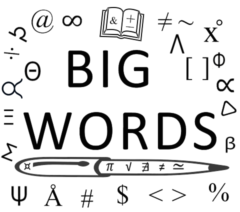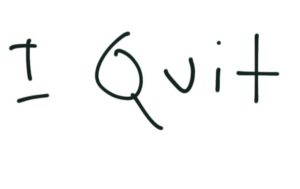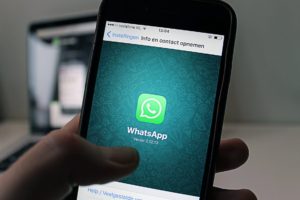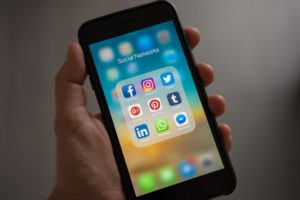Two of the focuses of my blog are Financial Literacy/Money and Business/Entrepreneurship. When generating a product of any kind for business/commercial use, there are some basic considerations to keep in mind as the seller/creator and for the customer. The following contributed post is thus intitled; 3 Qualities Any Product Should Have.
* * *

Pic Source
Regardless of which side of the equation you happen to be on – whether you are a business owner making products for the general public, or a member of that public using products made by businesses – it’s good to know what people generally expect from products of all kinds, and what qualities tend to be important in products of all kinds. The truth is, this helps you to determine where you should put your money, and when you should complain – and if you do happen to be a business owner, it is also clearly important in ensuring that the products you make are made to the highest professionalism and degree possible. In this article, we are going to look at three qualities that any product should have, and which should be considered unavoidable. As long as a product has these three, it is much more likely to be a good acceptable product worth buying.
Useful
All in all, a product should answer some kind of problem with a useful solution. If it does not do this, it might be worth asking why it exists at all. But determining the usefulness of something is not always that easy, and it’s something which you will need to think about whether you are buying or making a product. The truth is it is hard to tell how useful something is until it is being used by people. But you can at least try to work it out by looking into what kind of solution it appears to be answering, and seeing if it is doing that. As long as it is, it is likely a product that people will enjoy greatly, and it will probably be successful and popular to some degree. Whereas, if it is not useful, that is much less likely to happen.
Safe
Something that we should consider an absolute basic of any product in the world is that it is safe – or at least as safe as possible, as obviously there are occasions when a product is by definition not safe – such as a weapon or a vehicle. But even those things need to undergo particular safety standards – in fact, especially those things – and a product being safe should be considered an absolutely vital aspect of it on the whole. If you ever buy a product which causes you some kind of injury or illness, then you should think about contacting a product defect lawyer, as they will be able to assist you with what your rights are and what the law states. But hopefully, the products you use won’t cause you any harm in the first place.
Intuitive
Finally, you should be able to use a product in an easy intuitive sense, so that you can get out of it exactly what you need to at all times. This kind of intuition is something that you can easily work on if you are developing products, and it is all about making sure that it works in the way that people would expect. This is a hugely important part of a product being usable and enjoyable, so it’s worth remembering.

















